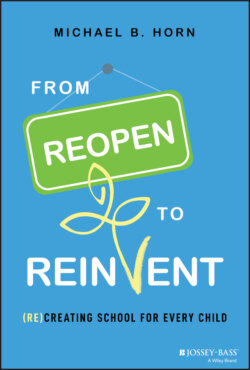Читать книгу From Reopen to Reinvent - Michael B. Horn - Страница 26
THE TOYOTA PRIUS
ОглавлениеThe story of how Toyota created the Prius, the first commercially successful hybrid car, shows how to bring together a group of individuals with functional expertise in a new team with the flexibility and freedom to rethink the resources and processes for building cars.9
Amid a flurry of interest in boosting the fuel efficiency of automobiles in the 1990s, Toyota became interested in building a hybrid automobile that would use both gas and electricity. When Toyota developed its Prius hybrid car, however, it could not use its existing functional teams and hierarchical rules of production because the hybrid constituted a completely different architecture.
Toyota had to develop new components that interfaced with each other in novel ways. The internal combustion engine had to share responsibility for powering the car with an electric motor, and each had to hand off that responsibility to the other in different circumstances. The brakes didn't just slow the car; they also needed to generate electricity. This, in turn, completely changed the role the battery played in the system. With the components performing nontraditional functions, the engineers needed to find alternative ways of integrating them into a coherent whole.
To solve these problems, Toyota pulled key people from each department and put them together as a separate team in a completely different location. Although these people brought their functional expertise to the team, their role was not to represent the interests or needs of their respective departments. Rather, their role was to use their expertise to help generate a completely different architecture for the automobile.
This separation and clarity of mission—and sense that they were creating something for the future rather than guarding against a threat of higher fuel standards—gave them the ability to trade the interests of one group against another's: to add costs in one place so they could improve performance or save cost in another; to combine certain components, eliminate others entirely, invent new ones, and so on. This team structure facilitated the creation of an elegant machine.
In contrast, most of Toyota's competitors designed their hybrid cars using their existing departmental structures and hierarchies. Their cars did not perform as well as the Prius, which had superior performance and much higher sales than did the other hybrid offerings.
Toyota kept its team intact for the second-generation Prius to refine the architecture and ensure that it knew how the pieces of the system worked with each other. As its engineers learned clearly how the system worked, they began to codify exactly how to make each component, and how each component had to interface with all other affected components. By doing so, in the next generation the engineers could design the Prius back in a new departmental structure that they could then use for other new automobiles they would create.
